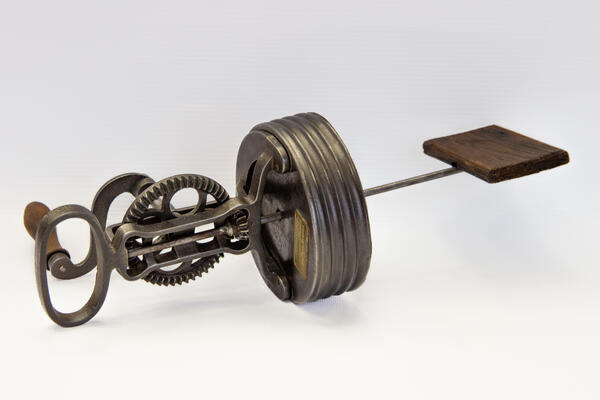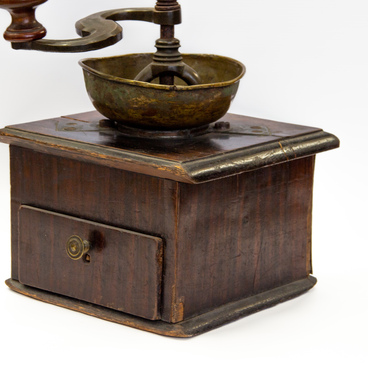Butter is one of the most popular dairy products. The earliest mention of churning butter can be found in the Bible, it dates back to about 2000 BC. Archaeological finds indicate the use of butter churns in the 6th century in Scotland, where a lid from a churn was found from that time. In Russian culture, dairy products, and in particular butter, have been used since ancient times. Along with other household chores, churning butter was mainly a woman’s job.
Traditional wooden churns were usually elongated barrel-like containers held together with rivets. There are plunge churns, which have a special staff that is moved vertically, and paddle churns, which have a special rotating mechanism positioned vertically or horizontally. In Russia, butter production was industrialized in the 19th century, however this did not fully replace traditional homemade butter. The 19th century is known for many inventions and technologies that made life more convenient, and this trend also impacted the process of making butter. During this time, new kinds of churns were introduced for both manual and machine production. Industrial churns were intended for the production of large volumes of butter and smaller-scale manually operated variants — for home use. The churn presented at the exhibition is of the latter type.
The object is a metal mechanism fixed to a lid, which was attached to a glass jar (the jar was not preserved). On top of the lid there are two gears located perpendicular to each other, they transmit torque from the handle to the rod descending into the jar. The end of the rod originally featured blades for beating the butter, which were not preserved. Instead of these blades there is a wooden plank.
For several centuries, many inventors tried their hand at improving the design of churns. So there were “named” churns, for example, Lindsay, Goosander, Drummond and Rennes, which differed in shape and number of pushers. The most historically recognizable plunger-type butter churn is the Regenwald churn, which was built for the first time in 1875 by the joint-stock factory of agricultural machinery in the city of Regenwald. For the first time, butter churns with a steam turbine were manufactured at the ironworks in Bergedorf.




